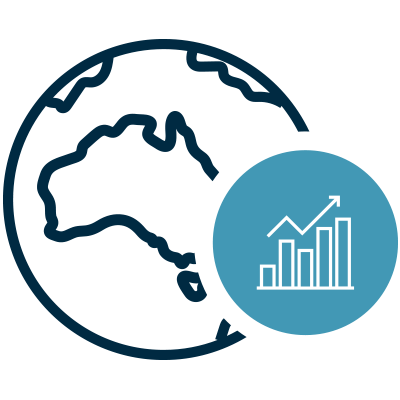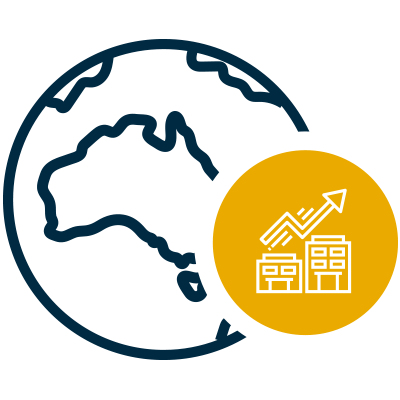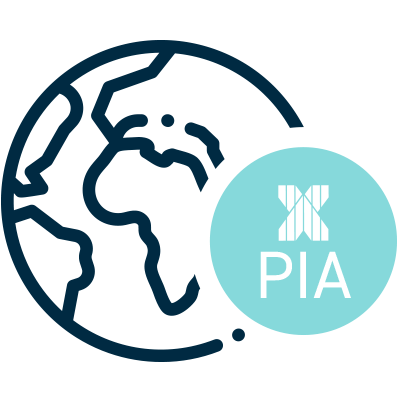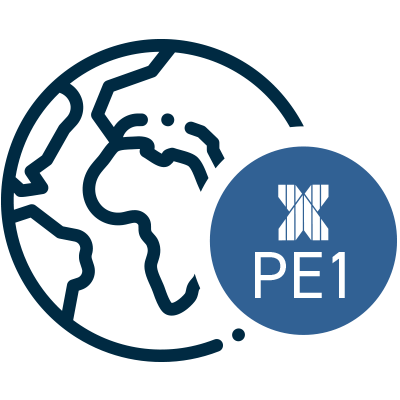SUMMARY
There was a sharp turn in market sentiment in September as investors responded to abruptly changing conditions. A significant rise in natural gas prices in Europe and global supply chain disruption drove fears of inflation. Power outages in China exacerbated the global supply chain turmoil. There were also concerns that a liquidity crisis for China Evergrande could cause ripple effects on emerging markets. Overall, the Fund returned -4.6% versus -3.0% for the MSCI World Index. While the Health and Cleaner Energy themes were relatively strong, the strategy saw underperformance from the Resource Efficiency and Wellbeing themes.
In this month’s commentary, Claire Jervis discusses how this year’s supply chain disruptions are much more than just a transitory pandemic-related phenomenon, being driven by extreme weather events, unprecedented (and growing) demand for climate transition technologies, and geopolitics.
We are thrilled that WHEB has won the Best Sustainable & ESG Fund Management Group of the Year (AUM under £20bn) category in Investment Week’s 2021 Sustainable & ESG awards.




















